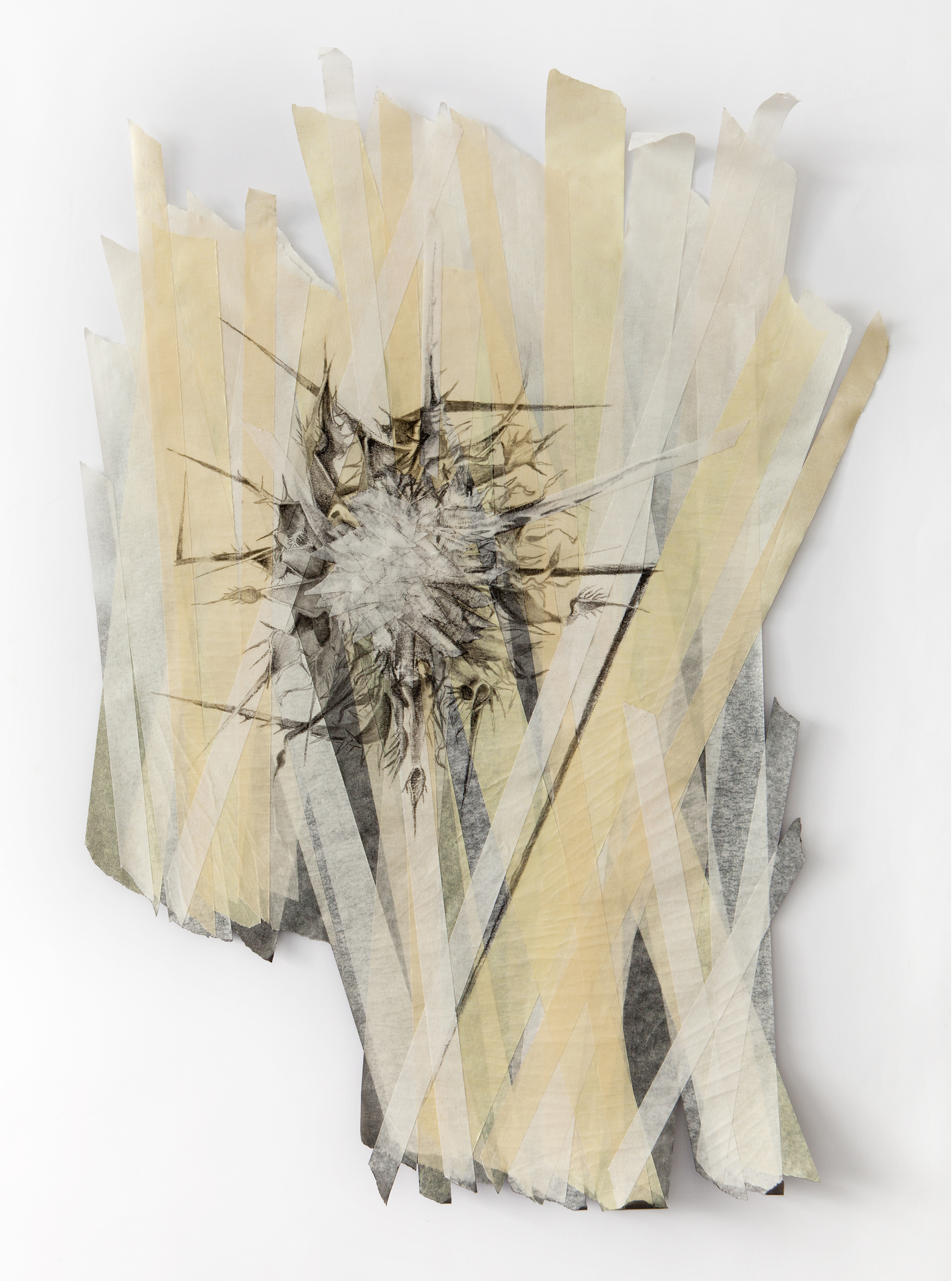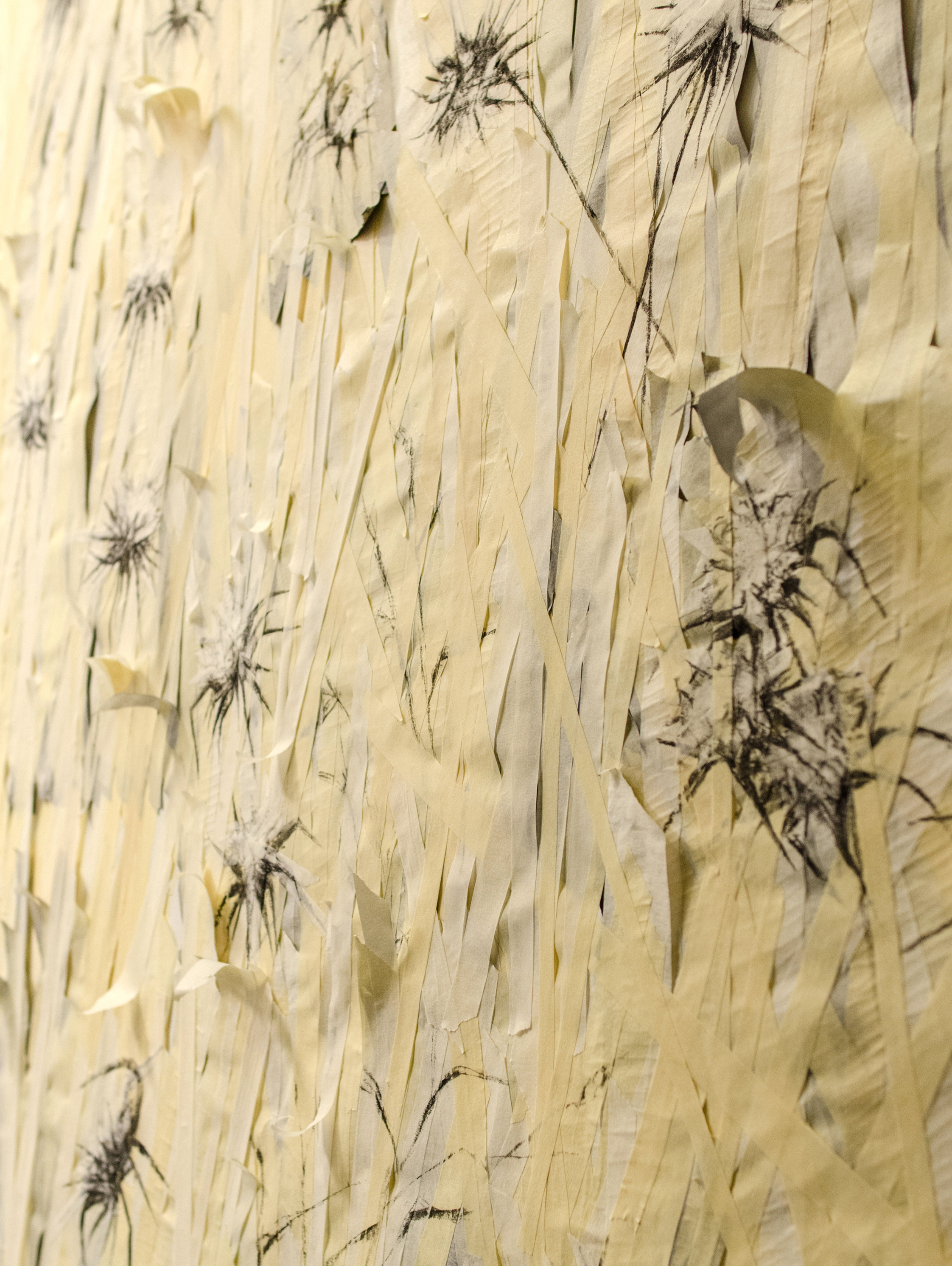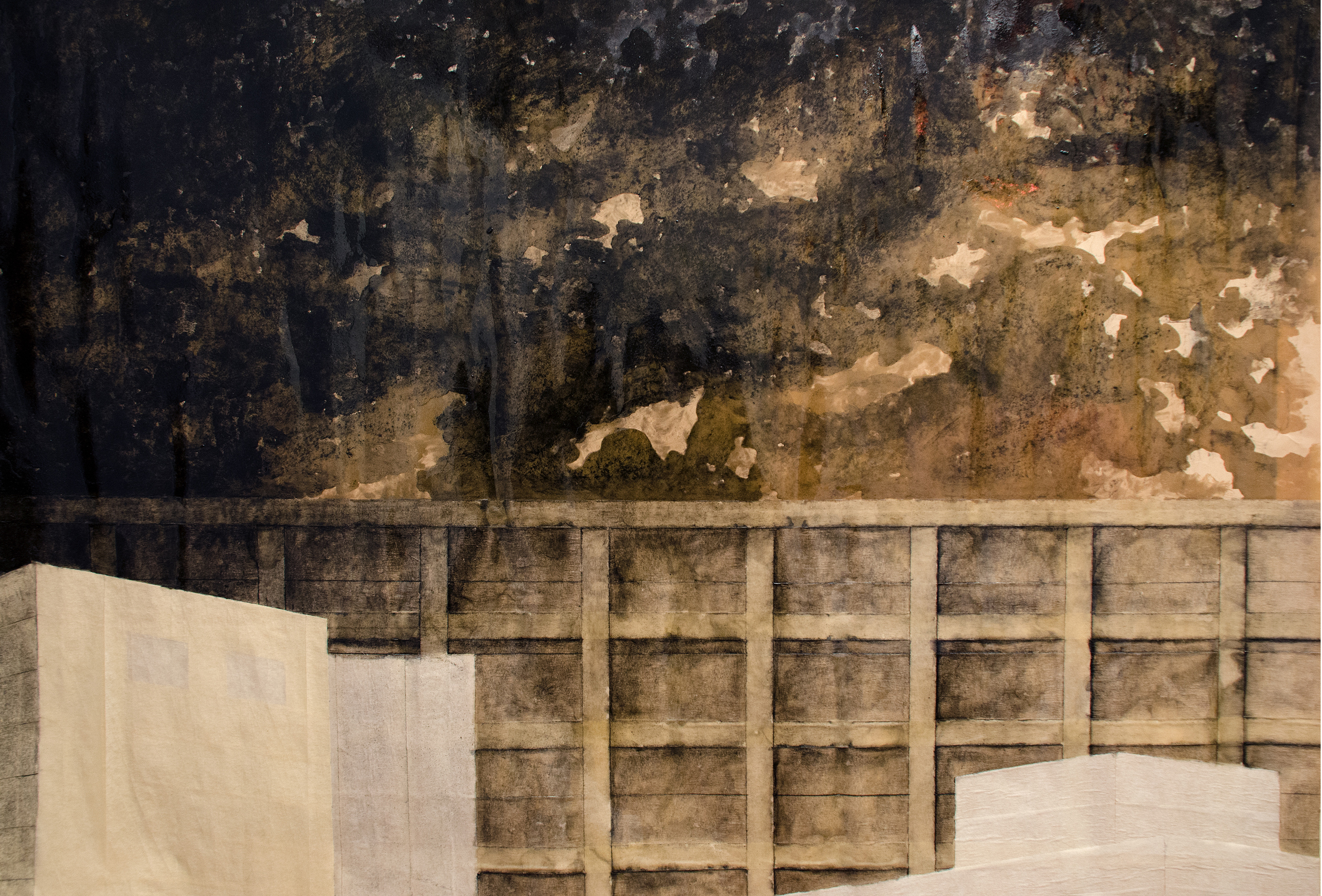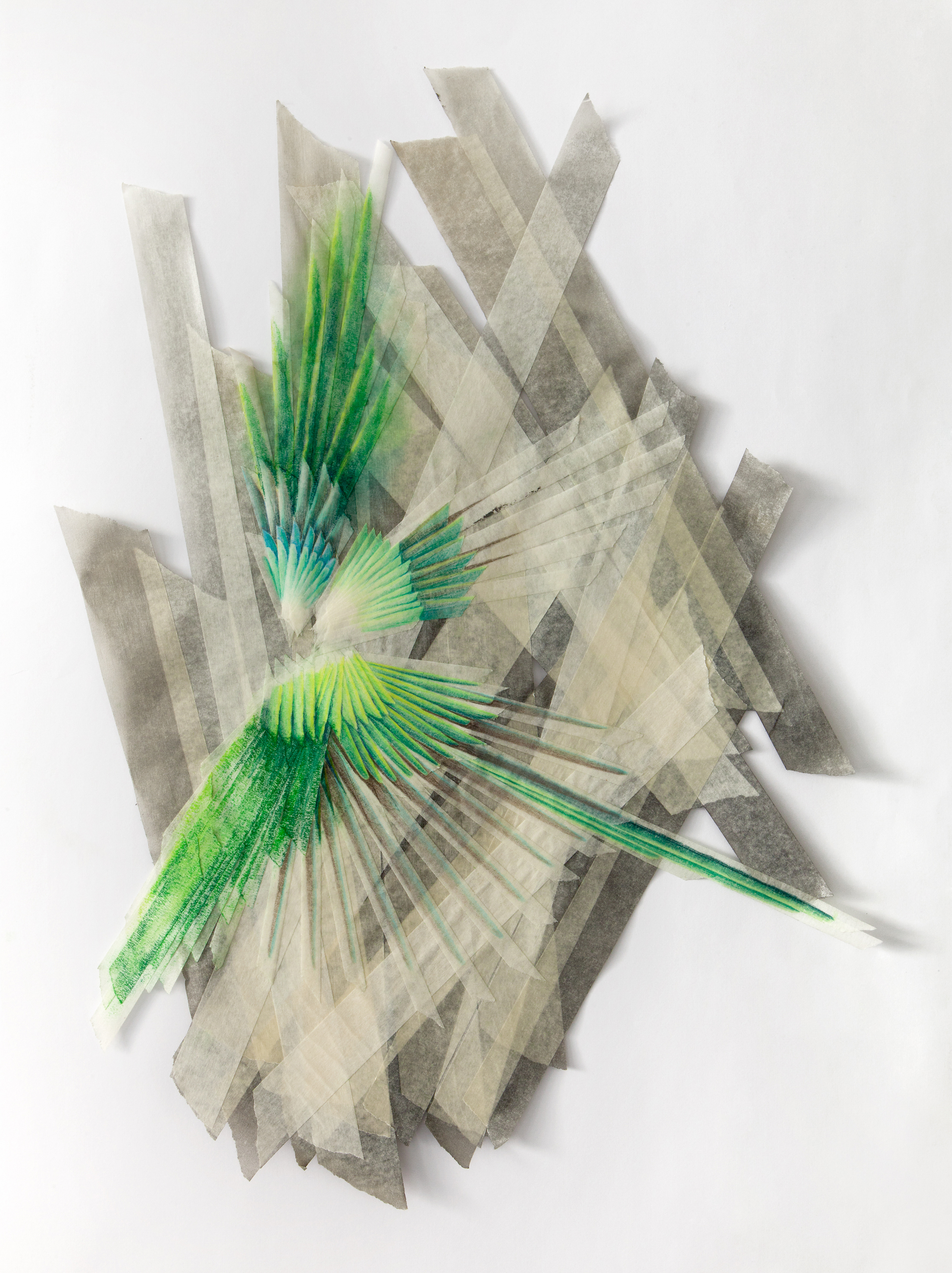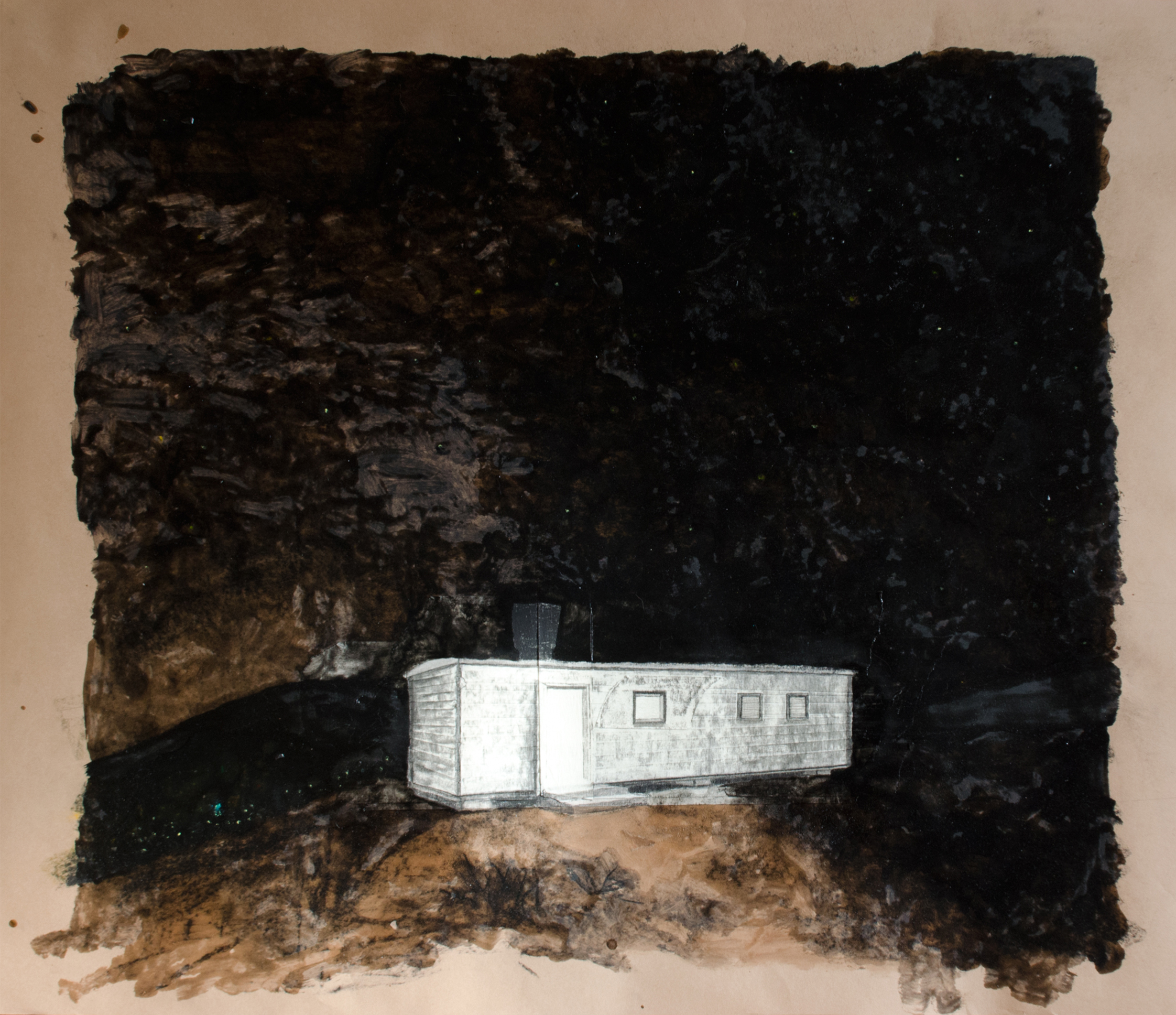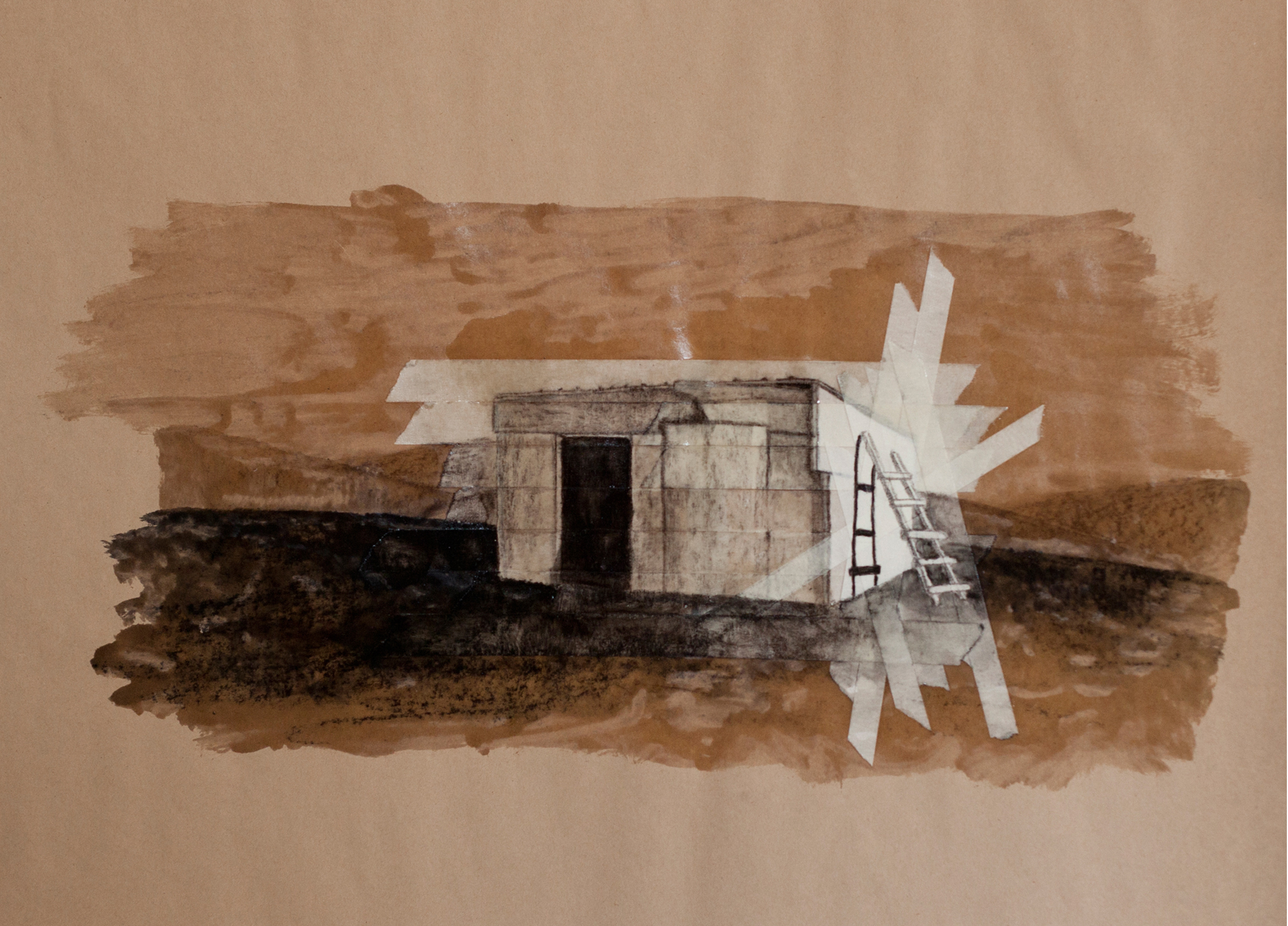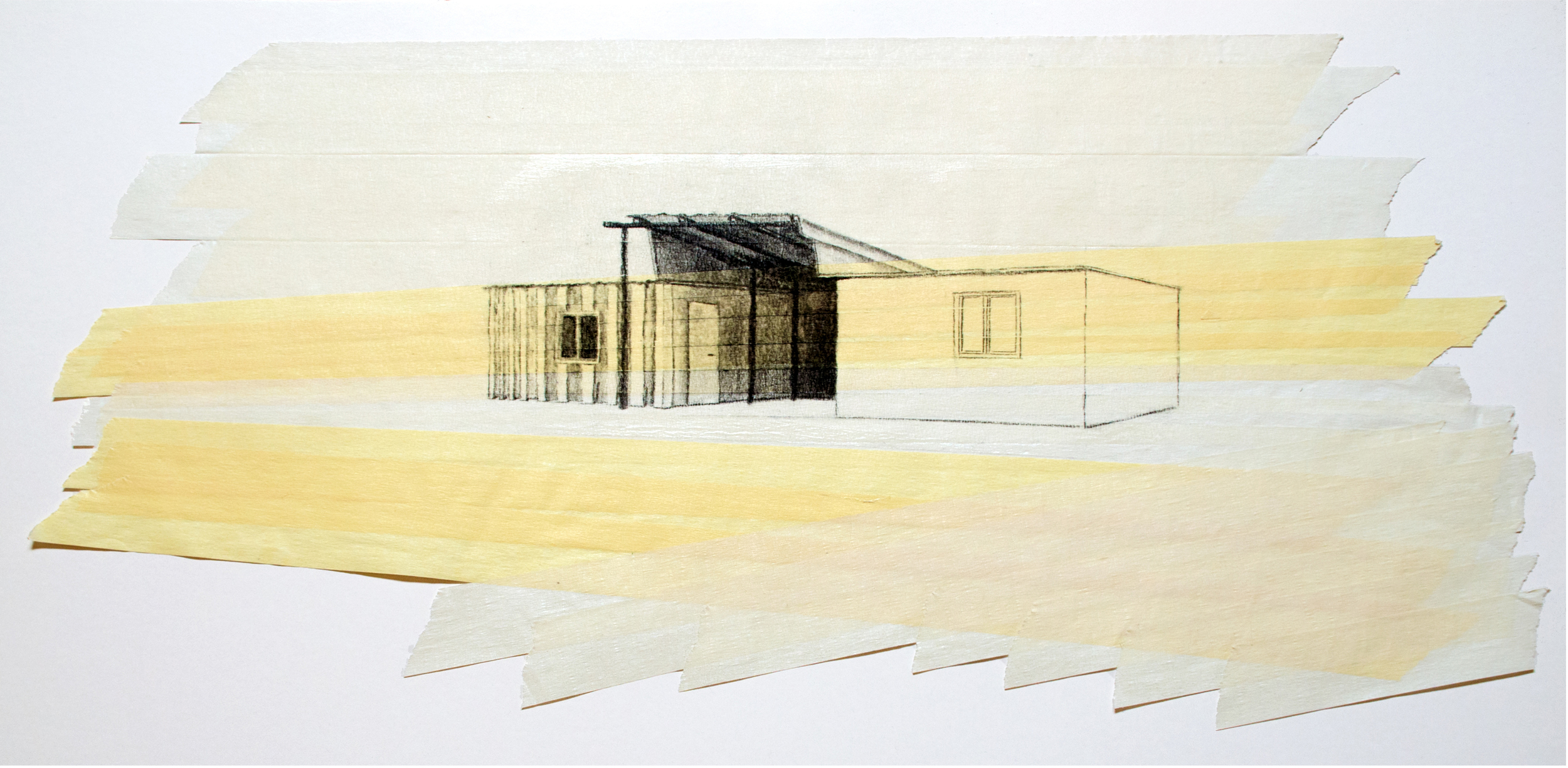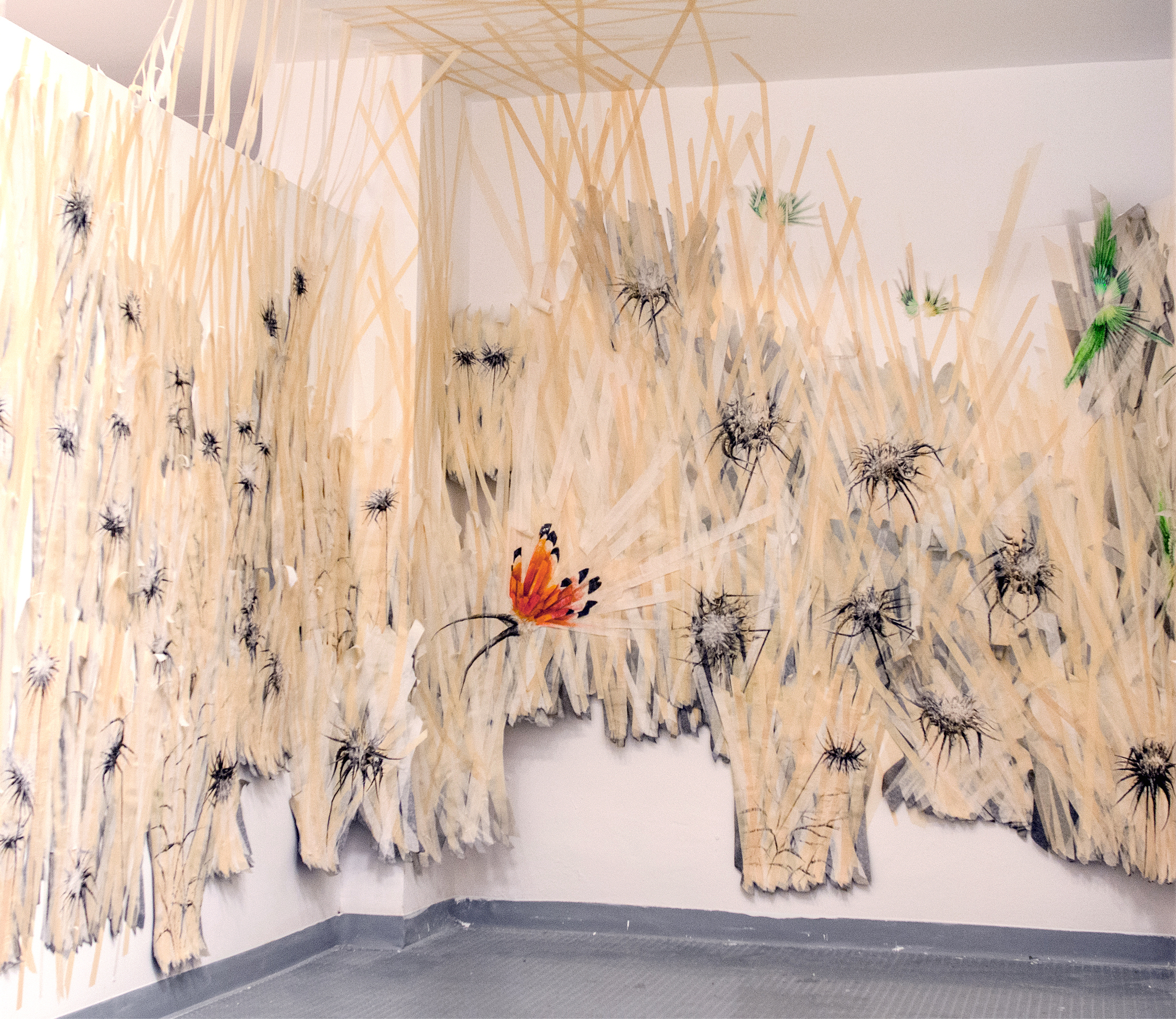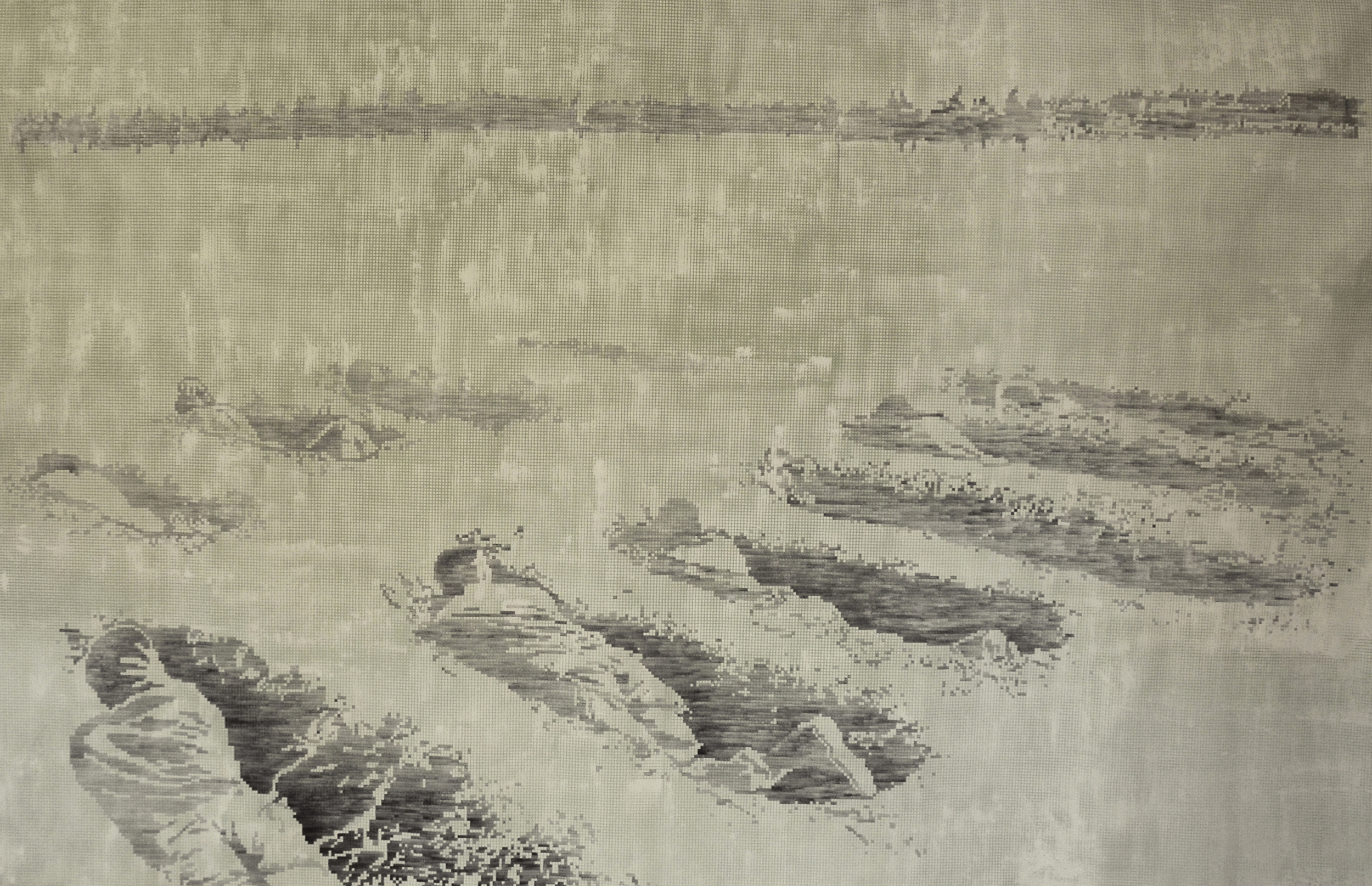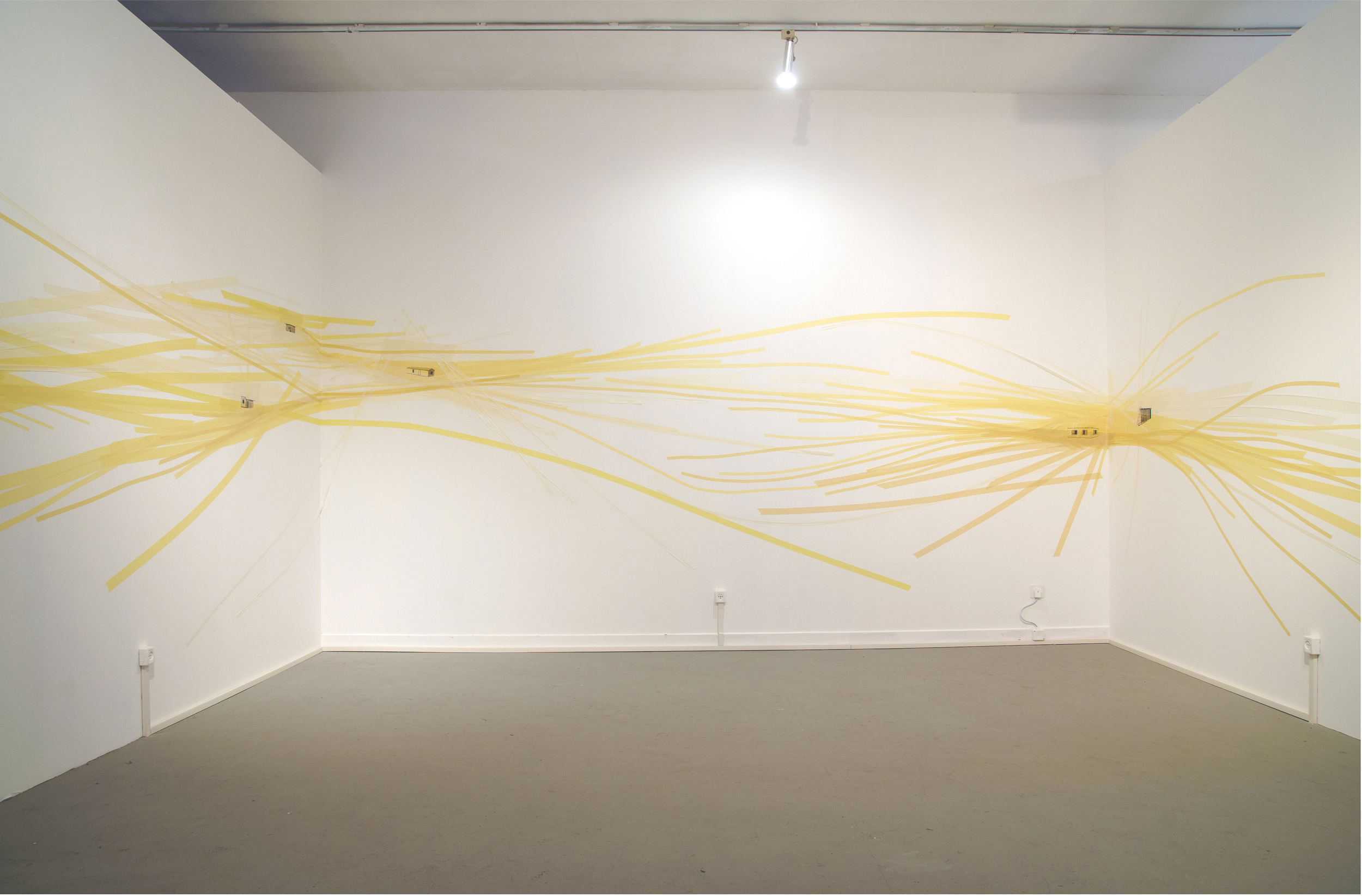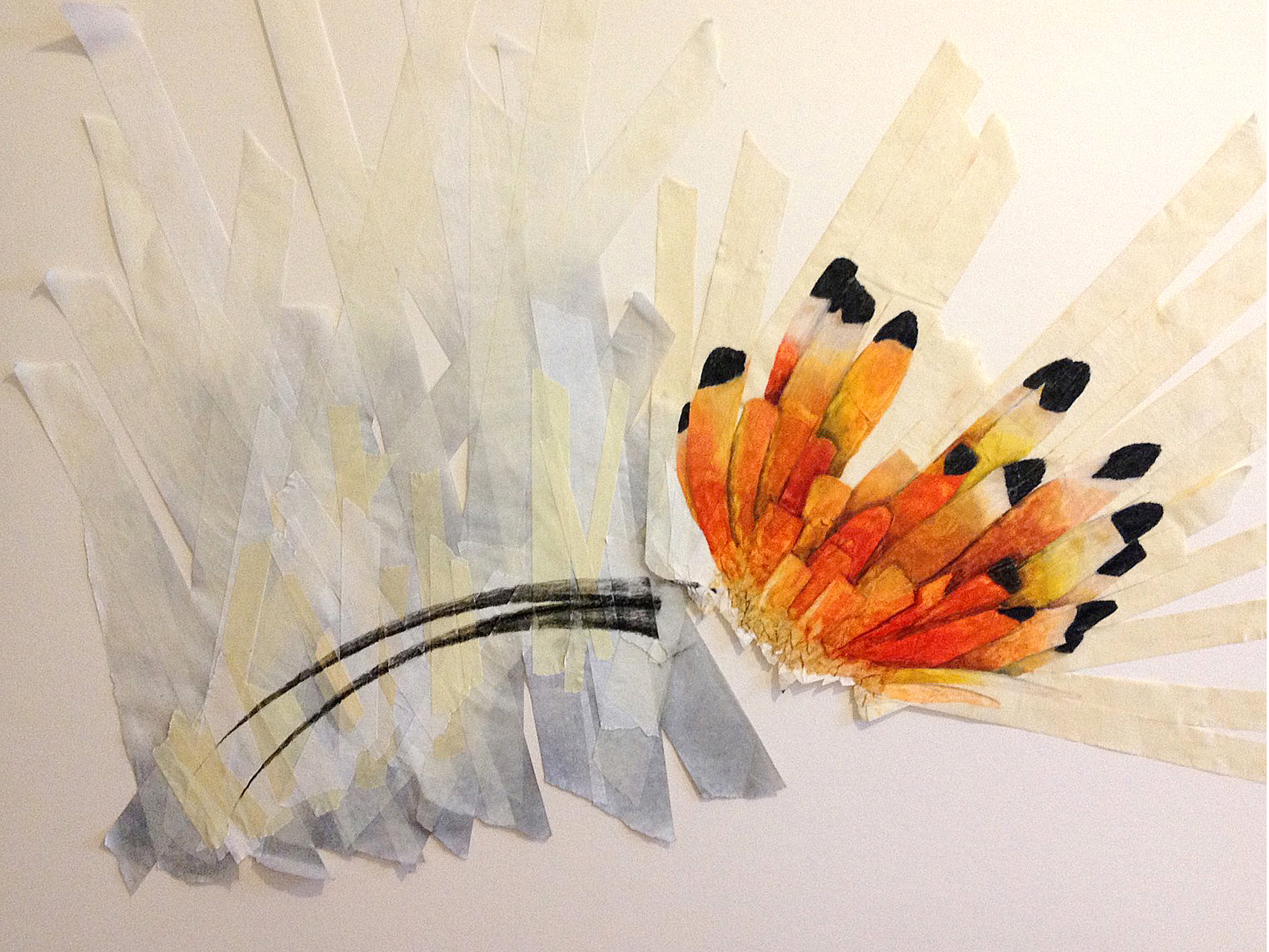Rotem Ritov
Rotem was born in Haifa but widely traveled all her life. She experienced her childhood in Sinai, Sweden, Haifa and Kfar Vradim, participated in residencies in Spain and Marocco and to workshops in England. Today, she lives and works in Berlin. Her artistic language is definitely influenced by her cross border experiences.
In parallel with being a professional contemporary dancer within the Ido Tadmor dance company and Fresco dance company, she studied Architecture at The Nery Bloomfield institute of art and design in Haifa where she graduated in 2006.
From 2009 till 2011, she established a unique gallery format located in her private living space, "Apart.Art" gallery where, as an independent curator and artist, she held 24 exhibitions and could play with the meeting points between architecture and art. In addition to operating a gallery space, other events of different natures took place in Apart.Art: public documentaries movies screenings, book launches, gallery talks, performances, residencies, selling works of art, and more... The combined artist's residence, studio and gallery formed an experience of deeper connection between private and public space, between the viewer and the viewed art, and stimulated creative and curious questions about the role of art in society and local community.
In 2011, Rotem became a member of the Alfred Cooperative Gallery where she promotes artists and curates exhibitions.
Since 2013, she is a lecturer about installation at the Department of architecture at “The NB Haifa School of Design”. She promotes practical research around the connections and experiences between man and space. At the end of the course, the students build installations, experimenting different materials and they hold a dance event with professional dancers examining the boundaries of human movement in the installations themselves.
Rotem is a multidisciplinary artist who combines her knowledge in architecture with art techniques as drawing, drawing-installation and installation. The images she uses belong to the local area: folk legends, history, current affairs, religious symbols, occupation, repression, buildings. She questions relations between landscape and territory, borders and personal space, privacy and aggression. The essence of her work is to navigate between the surroundings and the personal story as well as the impact of the public space on our lives. What is part of us? What do we feel associated with?
She analyses effects and reciprocity between man and space, the individual and the group, the particular and the General. She analyses the environment in which she lives, the political reality which surrounds us and invades the individual, the visual representation of her\our civil and human geography\locality.
Her works are independent entities witch do not hold simple or clear borders, not by shape, size or scale but which simply influence and interact with each other. The relationship between the identity of the individual and its context is expressed through the modularity and flexibility in her works. Their amorphous boundaries avoid stability or definition. As the individual in society, they as well are a large group of individual details unified into an installation. They possess in their DNA the ability to fit and integrate: a singular drawing (the individual), can act as a detail in a large drawing-installation (the society).
In the masking-tape works, the material is a format which acts in parallel in several layers, from the drawn image to a drawing-installation. The masking tape is a fragment as it is a whole. It is part both of the conceptual process of the work and as the construction and realization of the work. Whether, in charcoal on paper drawings, the charcoal is mixed with industrial lacquer, which changes the character of the coal to liquid, and extends the range of the transparency of the paper so, the masking-tape appears as a materialistic drawing line. The processed format is an essential and integral part of her work. She plays with the obvious image and its dissolved expression to create a new and sometimes unrecognizable visual language combining both familiar techniques and methods she invents.
